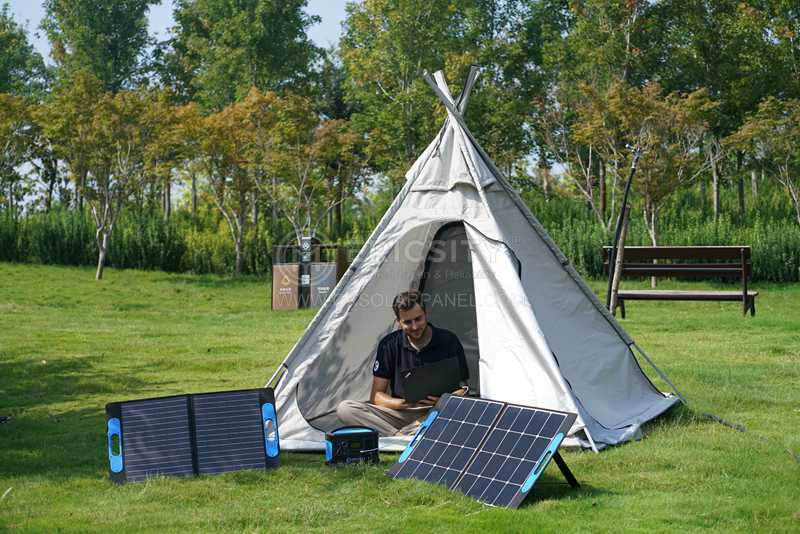HOT PRODUCT
Product Details
Folding Solar Arrays Vs. Traditional Solar Panels: Which Is More Efficient?
Folding Solar Arrays Vs. Traditional Solar Panels: Which Is More Efficient?
Solar energy has emerged as one of the most promising renewable energy sources, offering a clean and sustainable alternative to traditional fossil fuels. With advancements in technology, two types of solar panels have gained significant attention in recent years: folding solar arrays and traditional solar panels. Both have their advantages and disadvantages, but the ultimate question remains: which is more efficient? In this article, we will compare and contrast these two types of solar panels to determine their efficiency and applicability.



Folding solar arrays, also known as portable or flexible solar panels, have gained popularity due to their lightweight, compact design, and ease of transport. These panels use thin-film solar cells that are lightweight and flexible, allowing for easy installation and portability. They are constructed using materials like amorphous silicon or cadmium telluride, which offer better flexibility and adaptability to various surfaces. The ability to fold and store these panels makes them ideal for on-the-go energy needs, such as camping, boating, or emergency power backup.
On the other hand, traditional solar panels, also known as photovoltaic (PV) panels, are the most commonly used solar panel technology. These panels consist of multiple crystalline silicon cells connected together to harness sunlight and convert it into electricity. Traditional solar panels are known for their high efficiency, longevity, and reliability. They have been extensively used in residential, commercial, and utility-scale solar installations worldwide. Traditional solar panels often come with a hefty upfront cost but offer a higher return on investment over their lifetime.
When comparing the efficiency of folding solar arrays and traditional solar panels, several factors need to be taken into consideration. Efficiency refers to the ability of a solar panel to convert sunlight into usable electricity. Traditional solar panels typically have higher efficiency rates, ranging from 15% to 20%, due to their larger surface area and the use of high-quality silicon cells. This higher efficiency allows traditional panels to generate more electricity under the same solar conditions.
In contrast, folding solar arrays have lower efficiency rates, usually ranging from 10% to 15%. These panels have a smaller surface area because they are designed with portability in mind. However, advancements in thin-film technology have resulted in improved efficiency for folding solar arrays over the years. While still lower than traditional panels, their lower efficiency can be compensated to some extent by their flexibility, lightweight, and portability.
Another crucial factor to consider is the application and purpose of the solar panels. Traditional solar panels are best suited for permanent installations, such as rooftop arrays or solar farms, where space is not a constraint. They are particularly effective when the goal is to generate a maximum amount of electricity for long-term use. Conversely, folding solar arrays are designed for temporary or portable applications, making them an excellent choice for outdoor activities or places where conventional solar panels are not feasible.
Moreover, the efficiency of solar panels is also affected by environmental conditions, such as shading, temperature, and angle of sunlight. Traditional panels tend to be more sensitive to shading and perform poorly when any part of the panel is obstructed. In contrast, folding solar arrays have individual cells that operate independently, enabling them to handle shading better.
In conclusion, both folding solar arrays and traditional solar panels have their distinct advantages and disadvantages. Traditional solar panels offer higher efficiency and are better suited for permanent installations, while folding solar arrays provide portability and flexibility, making them ideal for temporary or portable applications. The choice between the two depends on specific requirements, budget constraints, and intended use. With ongoing technological advancements, both types of solar panels continue to evolve and improve their efficiency, contributing to a greener future powered by solar energy.

Word Count: 700 words.




